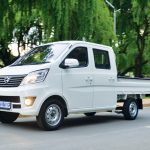Ford forges ahead
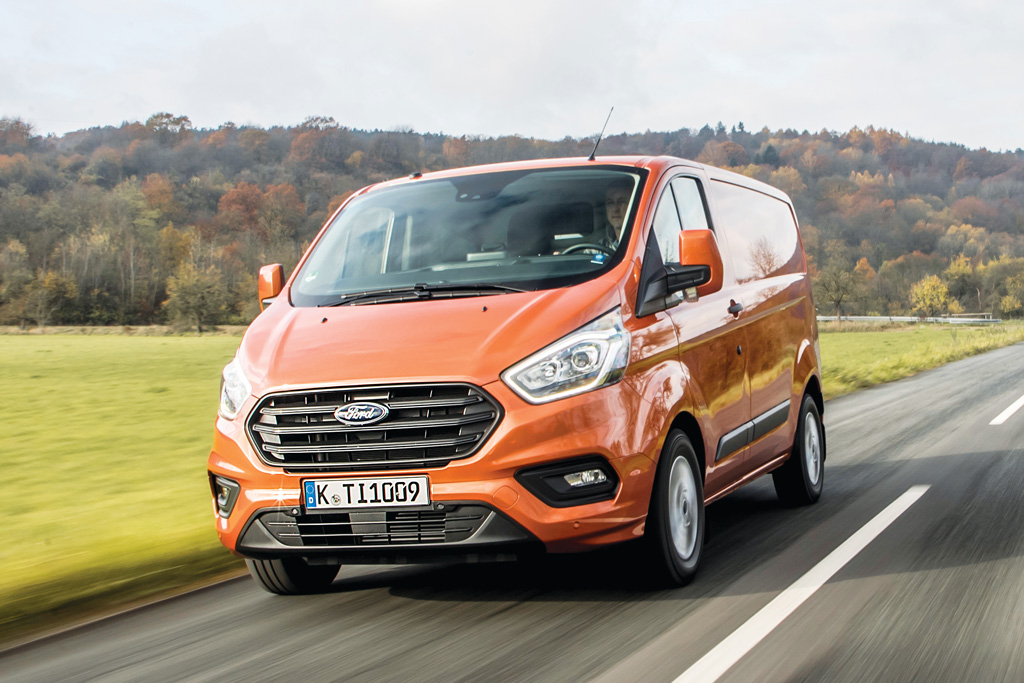
JARLATH SWEENEY, from fleet transport, attends the European launch of the new Ford Transit Custom panel van – and comes away impressed with how the brand is forging ahead.
Almost 100 years to the day that Henry Ford & Sons introduced its first one-tonne commercial vehicle, Ford Europe revealed the latest evolution of its most popular van – the Transit Custom.
Over the century, the design theme has remained the same with a wheel at each corner and a similar load capacity within a body frame. However, everything else about the Model TT, in comparison to the Transit Custom, has changed completely. There is no further need for the starting handle, and air-filled tyres are no longer optional!
Today, the Transit Custom is Ford’s fourth-best-selling vehicle in its complete line-up. When first introduced in this model design in 2013, 36 200 units were sold that year. In 2016, that figure topped 118 000 units across Europe.
The success of the one-tonne Transit Custom, along with the other members of the Transit family, has helped to elevate Ford to the number one spot overall across the European Union’s 20 member states, with 13,2-percent market share in 2016 (from 328 600 units).
Back in 2012, its 8,5-percent share had the Blue Oval brand in seventh place – a remarkable performance and significant gain considering the vibrant competition between manufacturers in this sector.
According to figures from January to July 2017, Ford remains number one with 13,3 percent market share. This puts it ahead of Mercedes-Benz (12 percent) and Volkswagen Commercial Vehicles (11,7 percent).
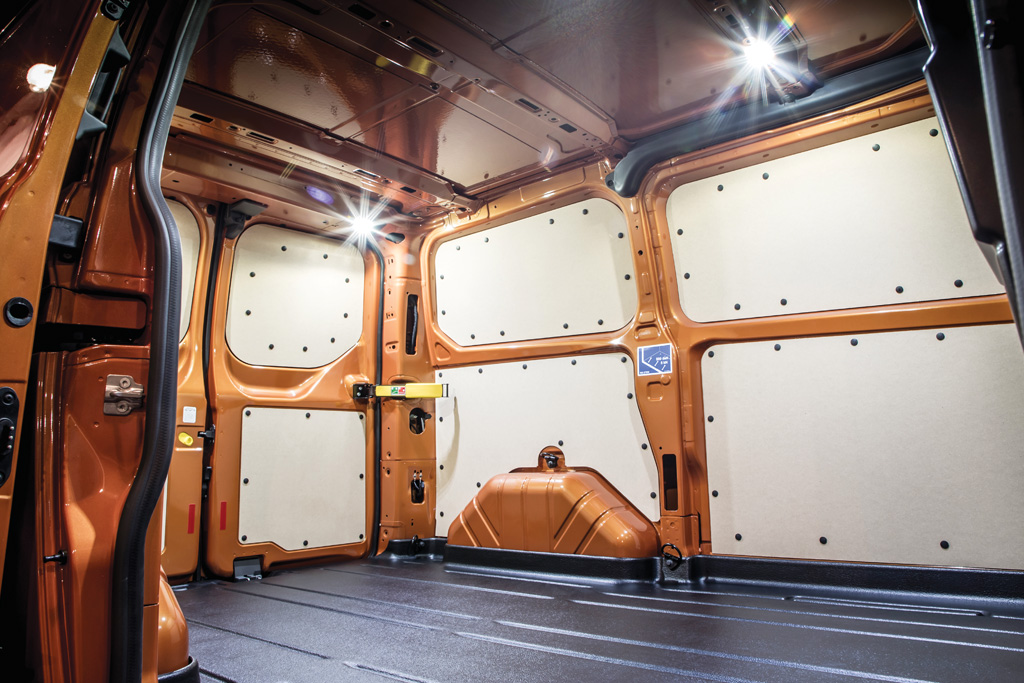
Interestingly, if the recently aligned Peugeot, Citroën and Opel/Vauxhall brands combine their market shares, the PSA Group commands a 20,3-percent share. The sales performance of the Transit Courier (up 19 percent year to date) can be proportioned to the discontinuation of the Fiesta van. Due to the new model changeover, meeting this demand will require an increase in manufacturing capacity.
At its factory in Kocaeli, in Turkey, Ford plans a two-phase production increase from 290 000 units per year to 315 000, and then to reach full capacity of 330 000 by September 2018.
Ford’s future vision is already underway with a number of electrification and mobility-solution projects due for engagement soon. The Transit Custom PHEV Plug-in Hybrid programme commences in December, while StreetScooter (a joint project with Deutsche Post DHL based on an electric version of the two-tonne Transit) will see 2 500 units delivered by the end of 2018. Further developments in telematics are also being worked on.
Hans Schlep, Ford Europe’s Commercial Vehicle overview director, commented to members of the International Van of the Year jury, at a special gathering in Frankfurt last year, on the new Transit Custom range, which includes the Tourneo passenger carrier.
“Transit Custom has been a runaway success since it was introduced, and this new version raises the game once more. We have listened carefully to our customers, and delivered a one-tonne van that is more stylish, more productive and packed with smart features,” he said.
Schlep is also confident that even more attention will focus on the Transit Custom once the plug-in hybrid-electric vehicle (PHEV), which entered a series of test trials in London late last year, begins its scheduled production in 2019.
From Ford Europe’s design team, Jörg Stephan explained the many modifications made for the new version. “Sporting a bold new front-end design with three-bar grille, the new Transit Custom also features a completely new cabin that offers best-in-class stowage, improved comfort and ergonomics as well as easy connectivity.
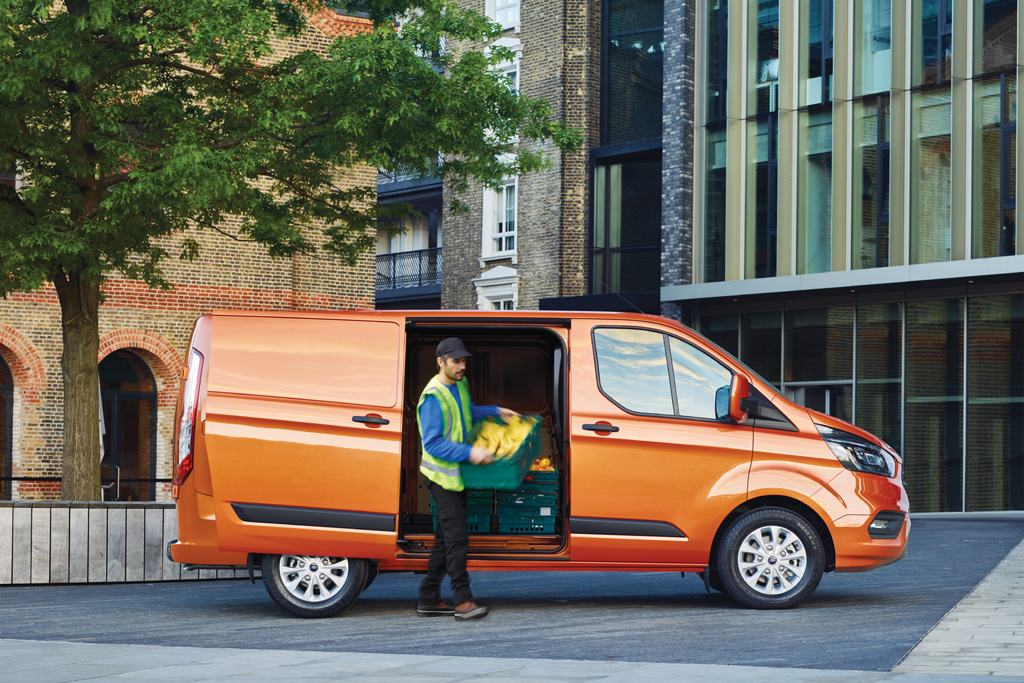
“Its new front-end appearance shares the same design DNA as Ford’s latest passenger cars, with a high-mounted trapezoidal grille and dynamic, slim headlamps.
“The cabin interior is completely new, with an instrument panel based on Ford’s new interior design philosophy – pioneered by the all-new Fiesta – which offers an attractive, user-centre layout that is influenced by consumer interactions with smart devices and tablets.”
With the dash console now more horizontal, the width of the cabin is emphasised, allowing for more storage areas and larger air vents. Up to 25 litres of additional space is provided in the instrument panel alone, including three open bins on its upper area, with the glove box now being the only closed compartment available. It is big enough, however, to hide away a laptop or A4-sized folder.
Drinks and cup holders are placed around the driver and passenger area and the new design of the door panel incorporates a far more user-friendly grab handle and arm rest. As with the new Fiesta, the eight-inch colour touchscreen tablet (with Ford’s SYNC3 communications portal and entertainment/information systems) protrudes from the centre dash area. As it is placed flat on the panel, it is slightly out of the driver’s line of vision. A slight swivel towards the driver would make a big difference.
For Transit Customs not specified with the display, the MyFordDock module in the centre of the instrument panel facilitates the storage and charging of devices. A four-inch display is also available.
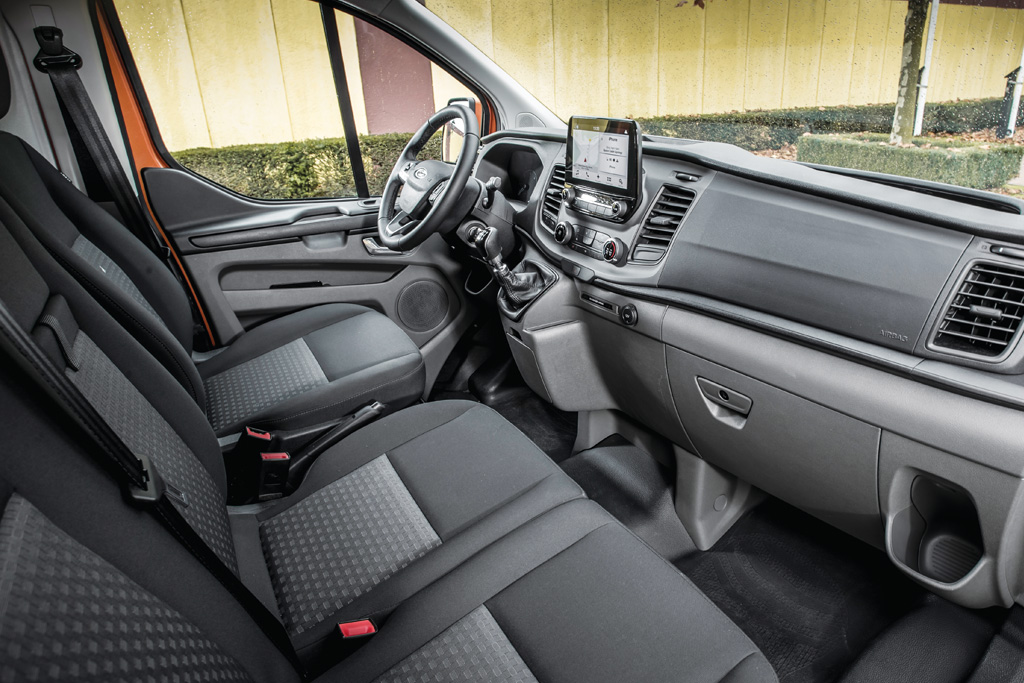
Access and information on the various driver-assistance and safety features can be obtained through the centre console (or centre dash area), which includes Intelligent Speed Limiter, Traffic Sign Recognition, Cross Traffic Alert with Blind Spot Warning plus Pre-collision Assist with Pedestrian Detection Emergency Braking system.
Developed last year, Ford’s EcoBlue 2,0-litre Euro-6 diesels offer a power output choice of 77, 95 or 125 kW with either six-speed manual or SelectShift automatic transmission.
“A subtle, controlled and level ride across a wide range of load conditions can be delivered with this unique-to-segment, factory-fitted, rear air suspension,” says Pete Reyes, vehicle line director, CV Global.
He also mentioned that the company is considering including the rear air-suspension system in the main van specification sheet on the Kombi passenger models to suit certain fragile or specialist-load operations.
Driven by customer feedback, the 2018 model year Transit Custom features 2 200 new parts and components. It will be available to order in Europe towards the end of the year with deliveries expected from the second quarter.
According to Ford South Africa, there is no indication yet of when the new Transit Custom range could arrive on local shores – ed.
As regular readers of FOCUS know, this magazine has been appointed an associate member of the International Truck of the Year (IToY)! FOCUS is the sole South African magazine to have joined this prestigious body. One of the advantages of this association is access to exclusive articles, specially written for FOCUS by ITOY jury members. This is one such article.
Published by
Focus on Transport
focusmagsa


